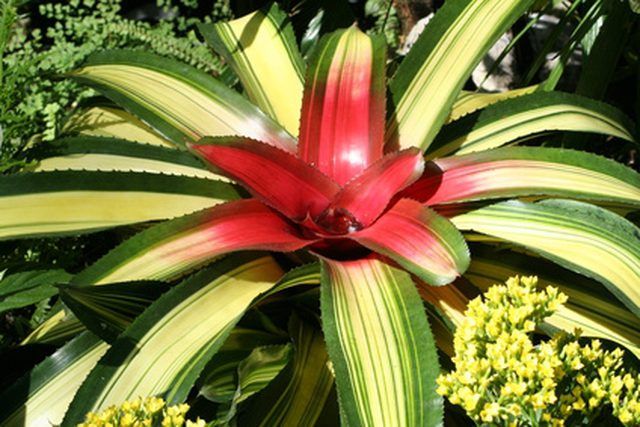Bulbs
Flower Basics
Flower Beds & Specialty Gardens
Flower Garden
Garden Furniture
Garden Gnomes
Garden Seeds
Garden Sheds
Garden Statues
Garden Tools & Supplies
Gardening Basics
Green & Organic
Groundcovers & Vines
Growing Annuals
Growing Basil
Growing Beans
Growing Berries
Growing Blueberries
Growing Cactus
Growing Corn
Growing Cotton
Growing Edibles
Growing Flowers
Growing Garlic
Growing Grapes
Growing Grass
Growing Herbs
Growing Jasmine
Growing Mint
Growing Mushrooms
Orchids
Growing Peanuts
Growing Perennials
Growing Plants
Growing Rosemary
Growing Roses
Growing Strawberries
Growing Sunflowers
Growing Thyme
Growing Tomatoes
Growing Tulips
Growing Vegetables
Herb Basics
Herb Garden
Indoor Growing
Landscaping Basics
Landscaping Patios
Landscaping Plants
Landscaping Shrubs
Landscaping Trees
Landscaping Walks & Pathways
Lawn Basics
Lawn Maintenance
Lawn Mowers
Lawn Ornaments
Lawn Planting
Lawn Tools
Outdoor Growing
Overall Landscape Planning
Pests, Weeds & Problems
Plant Basics
Rock Garden
Rose Garden
Shrubs
Soil
Specialty Gardens
Trees
Vegetable Garden
Yard Maintenance
The Effect of Light Intensity on Plant Growth
The Effect of Light Intensity on Plant Growth. Plant growth relies on a series of interactions that involve the presence of light. Photosynthesis enables plant metabolism processes to take place and provides the energy that fuels these processes. Light intensity levels can have a significant effect on photosynthesis rates, which are directly...

Plant growth relies on a series of interactions that involve the presence of light. Photosynthesis enables plant metabolism processes to take place and provides the energy that fuels these processes. Light intensity levels can have a significant effect on photosynthesis rates, which are directly related to a plantís ability to grow.
Plant Growth
Plant growth processes involve the use of light, carbon dioxide and water to manufacture food for the plantís use, according to the Texas A&M University Agricultural Extension Service. And while soil nutrients help to fortify plant structures, light is an essential component in producing actual food for the plant. As with other living organisms, food fulfills a vital requirement for overall health and growth, so the presence of light can have a direct bearing on a plantís rate of growth. Light intensity has to do with the amount of light energy made available to a plant, which can vary according to color and the actual strength of the light.
Photosynthesis
Photosynthesis processes enable plant organisms to produce needed food supplies. According to the Royal Society of Chemistry, photosynthesis occurs when plant leaves absorb the energy contained inside light. This energy becomes the fuel used to manufacture glucose, or sugar molecules. Plants are typically most responsive to light that falls within the blue and red light ranges. Along with light energy, leaves also use carbon dioxide and water as sources for manufacturing food. In effect, higher light intensities make more energy available for plant photosynthesis processes to take place.
Effects
Light color represents the different energy frequencies contained within the visible light portion of the electromagnetic spectrum. According to the University of Missouri Extension, red colors carry the lowest energy frequencies, while those toward the blue-violet end carry the highest frequencies. In effect, light intensity can vary depending on the type of color used as well as the wattage amount contained in a bulb. The energy intensity provided by red light stimulates overall growth throughout the plant body, while blue light helps to regulate growth rates within the leaves, stems and flowers.
Function
Plant leaves contain specialized, light-absorbing cells called chloroplasts. According to the Royal Society of Chemistry, chloroplasts produce a pigment material called chlorophyll. Chlorophyll materials respond to different intensities of light, which comes across in the different colors absorbed. When chlorophyll absorbs light, its energy excites an electron attached to a chlorophyll molecule. The electron then transfers its energy to a water molecule, which causes it to split into its component parts, hydrogen and oxygen. Sugar molecules can then be manufactured from the energy provided by the hydrogen atoms.
Optimal Growth
A plantís most natural habitat provides the intensity of light needed for optimal growth. As a result, different plant types may require different light intensities. According to the University of Missouri Extension, plants typically fall within one of three lighting categoriesólow, medium and high. Low light plants can thrive under a 10- to 15-watt bulb provided this amount of wattage reaches each spare foot within the growing area. Medium light plants can grow in the 15-watt range, but higher intensities of light can promote faster growth rates. High light plants require at least 20 watts per square foot of growing space, though higher intensities will further promote growth and flowering.